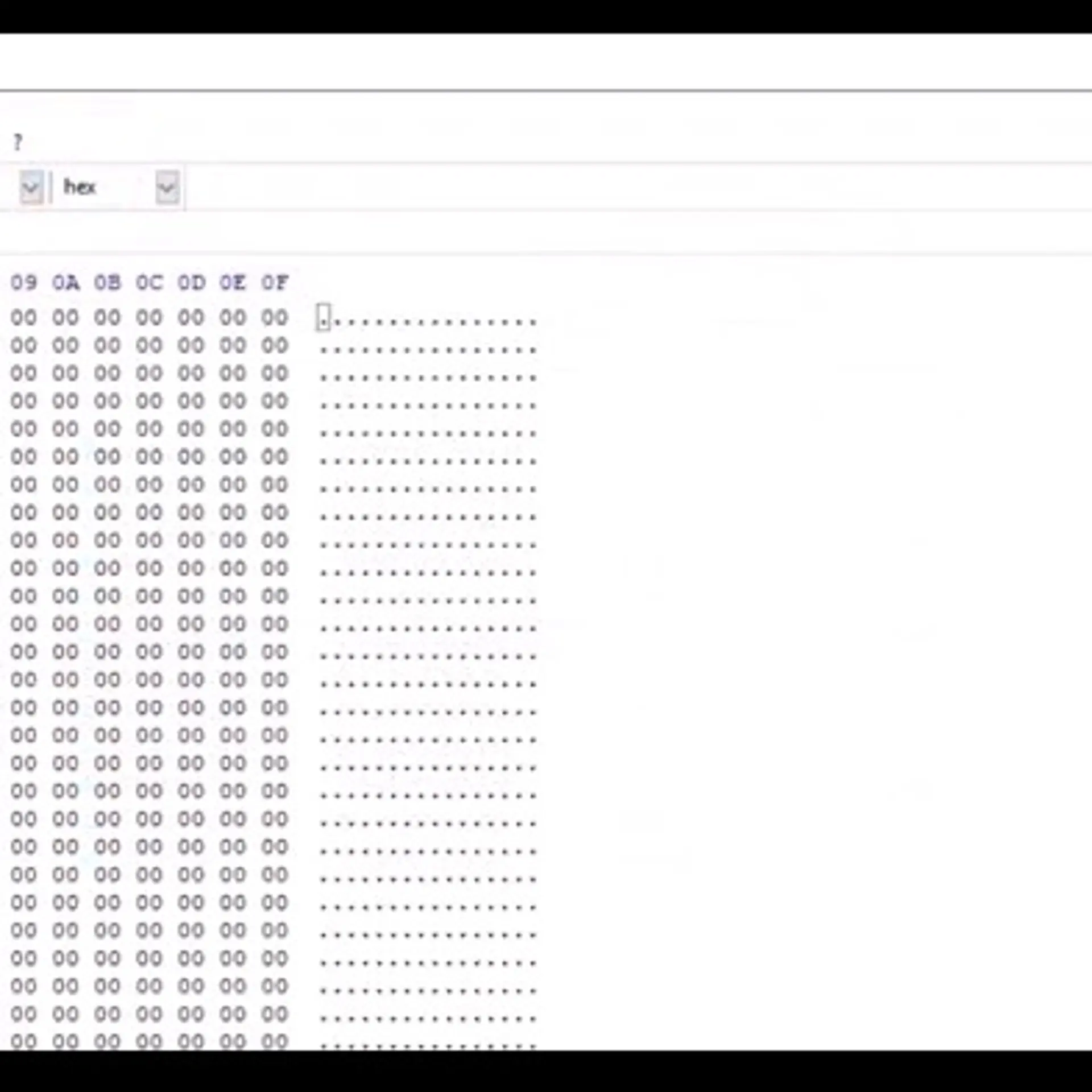

Research Shows That Brands Are Moving Towards Vernacular Content
Millions around India now have the choice on their smartphones to use a language of their choice. Although English remains India’s most commonly used language, new users are now preferring to access the internet in their regional languages,
There are around a billion people in 1,600 dialects speaking more than 30 languages, the diversity of India is unambiguous. There had been a time when it was unheard of to use an appropriate script on the keypad of a phone to type messages in any Indian language. Currently, the vernacular is all the rage on phones, social media, and networking sites with the emergence of smartphones.
Millions around India now have the choice on their smartphones to use a language of their choice. Although English remains India’s most commonly used language, new users are now preferring to access the internet in their regional languages, or at most a mix of vernacular and English, for example. It’s Hinglish. Only if brands choose to pursue the potential market in this area, this experience will improve. That they are.
The internet was largely designed for the user of the English language at the beginning and to a large extent even today. How’s a common man with a smartphone who doesn’t have a high level of English ability going to grasp what the internet has to offer? For a country that speaks several different languages, how do we solve this problem?

There were 175 million English-speaking internet users and 234 million Indian-speaking users in 2017, according to a survey. In 2021, it is predicted that the distance between the two groups will expand. Indian vocabulary users are expected to almost double to 534 million, while English-speaking users will increase to 199 million by only about 10 per cent. Given that more than 3,000 Tier I and Tier II cities are home to 31 per cent of the Indian population, this is the largest market to tap when it comes to digital marketing. In their own vernacular language, there is a large user base with a huge appetite for content.
Globally, through the use of the Mandarin script for Internet content, China has achieved the highest number of Internet users, so much so that it is the second most popular language after English on the Internet. Apparently, there is a huge user base of regional language users who do not currently have enough product choices to suit their needs.
So India is digitally speaking regionally, is your brand still speaking English?
It’s time for brands to understand the significance of interacting in regional languages as a largely untapped market. First of all, making efforts to be “out of the gate” is a tremendous opportunity to gain a competitive edge. It’s the ideal opportunity to change. A shift from a small network of English, a language that many Indians do not understand in their vernacular languages.
It is very important for a brand to go regional digitally, as this will increase traffic to your digital properties. Therefore, being among the first off – the-block brands have to aspire for.

Going regional is important, but getting it done accurately and completely is not just about translating content on some free translation software. The demand is to go beyond basic translations and make sure that a literal translation does not lose the true meaning of the content. It’s not really always about textual content, but about the text that has been used as part of images, voice-over videos, or other content such as infographics, etc.
Although your official website may be up to speed, the many crafted microsites/landing pages, digital resources such as mobile apps, etc., must be friendly in the regional language. There are numerous images, pictures, videos on any ordinary website along with articles that need to be well-translated in order to find a connection with the vernacular consumer. What about when the articles are being translated and images and videos are not being translated?
In addition, each translation must be concise and relevant in order to deliver the correct message without any loss of meaning. This applies in particular to content that may be of a technical nature, to specific product and service types, etc. Websites with a great deal of content are afraid that the translation process to several regional languages can be lengthy and ongoing. To ensure time-bound execution of such translation projects, an agile project management framework should be in place to ensure that the desired efforts take place in well-defined time intervals.
Many brands have a large pool of digital assets and content. This may include images, tags, copies, photo annotations or infographics that need to be translated into regional languages. A subject matter specialist should also be involved in the process together with a translator. There should be professional checkers who are specialists who know the subject matter after the completion of the translation. To ensure high-quality translation, this is another test run. With all this being focused on, we will be ready for the new digital India that, apart from English, speaks many more languages.
The above points are some of the most important for businesses in their upcoming businesses. You should know how incorporating vernacular language can affect your business. Howkya is a platform where you can find experts and mentors who will guide you through your business needs. Business experts can select the best ones for your brand and help you in keeping up with the market trends. You can even conduct market research for your business which helps you provide the best customer service.







